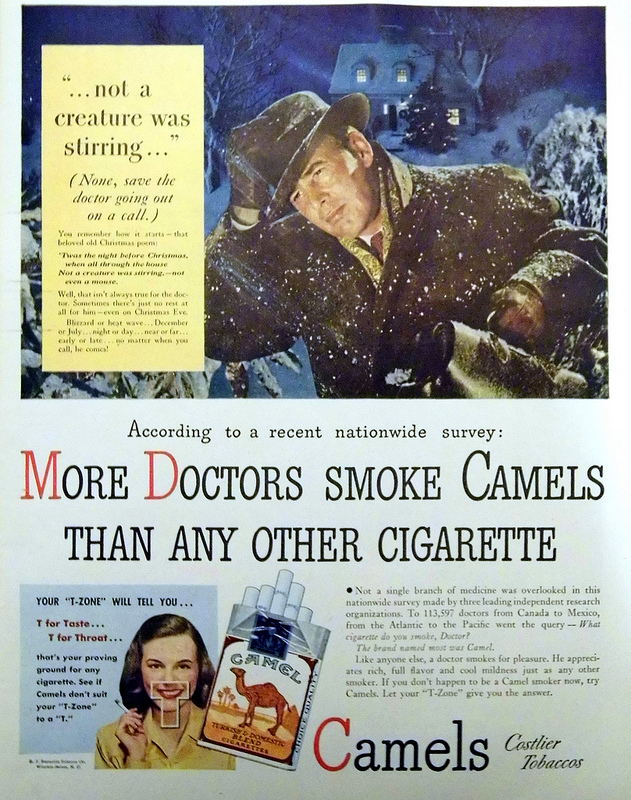Customers are more informed than ever.
 When TV advertising first hit our homes it was revolutionary. Brands could tell us whatever they wanted and we didn’t have much choice but to believe them. Customers used advertising as a source of information, a way of researching the benefits of a product. Direct and often misleading messages questioned the moral compass of companies and their Don Draper-led advertising agencies. However regardless of your ethical standpoint, the truth is, this method of promotion worked, and it worked well.
When TV advertising first hit our homes it was revolutionary. Brands could tell us whatever they wanted and we didn’t have much choice but to believe them. Customers used advertising as a source of information, a way of researching the benefits of a product. Direct and often misleading messages questioned the moral compass of companies and their Don Draper-led advertising agencies. However regardless of your ethical standpoint, the truth is, this method of promotion worked, and it worked well.
Cigarette companies were a great example. Doctors and dentists would represent brands such as Camel and Chesterfields as an advocate of trust and healthy living. These companies were misleading customers, but without the privilege of the internet or any substantial research into the ill affects of smoking, there was no choice but to believe what they said.
Customers today aren’t all that different.
When making a purchase today, much like in the past, customers seek out information. The difference is that today’s customer has access to more information, from more sources and at a faster rate. They are more informed than ever.
Inevitably, before a customer makes a sales enquiry they have probably read your Facebook page, followed you on Twitter, read customer reviews of your offering, downloaded white papers… the list goes on. They have also gone through this same process for all of your competitors. This scares many sales staff because no longer can they manipulate a fact or elaborate on a product feature, the customer knows too much and won’t fall for that trick any more.
The implications of a highly informed customer are exponential. Inauthentic marketing is no longer acceptable; in fact it can be catastrophic for a brand.
Two tips for embracing a more informed customer;
- Give your customers what they want. They are seeking information about what you have to offer so actively provide that through as many channels that make sense.
- Be authentic. Understand why you do what you do (your purpose for existence), and communicate in alignment with.
Customers are more eager than ever to source information before making a purchase, and it’s up to you to provide it for them. If you don’t, your competitors will.
Was this blog helpful? If so, let others know about it by sharing on social media, or sending the link to a friend or colleague who may find it useful too.
Image Source: Joe Haupt (France1978 – Flickr)
